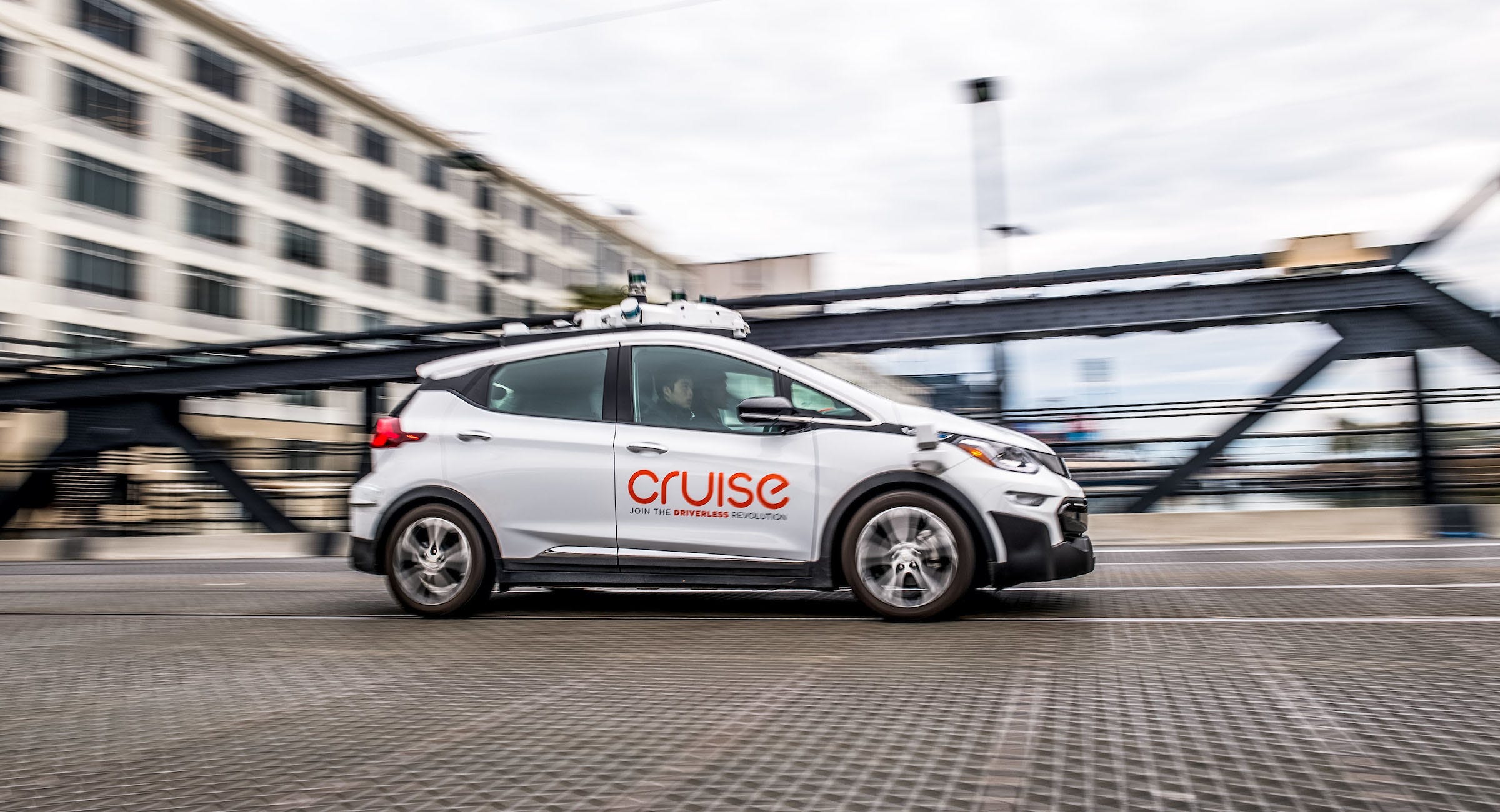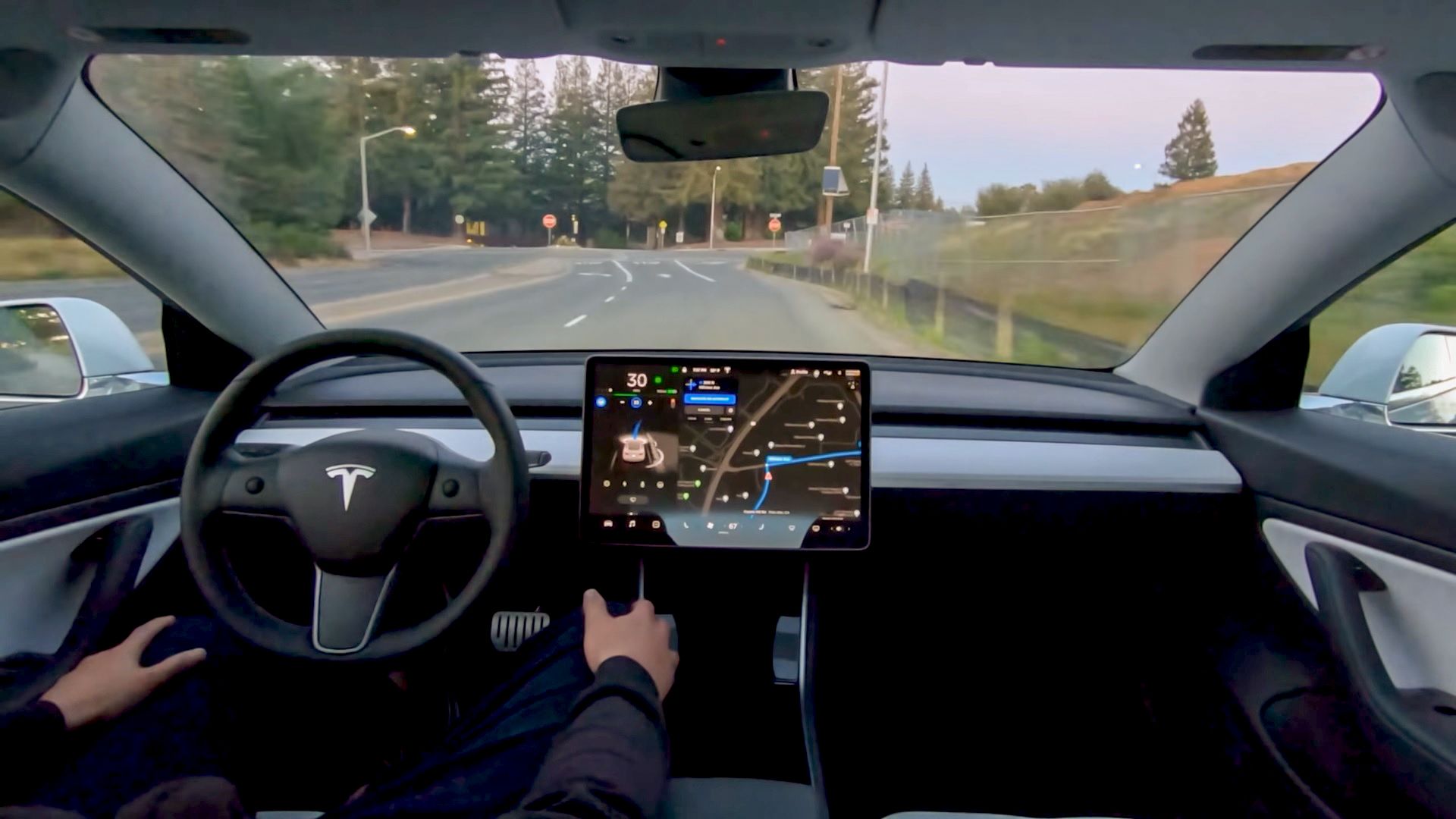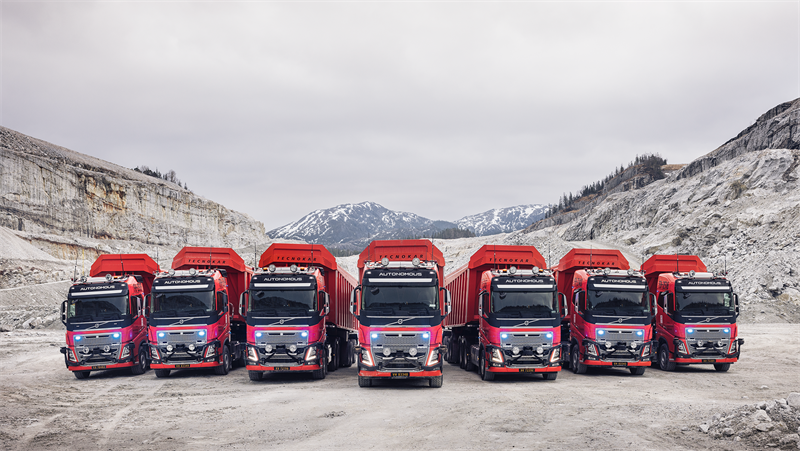A recent report sheds light on the challenges faced by autonomous vehicles as they strive to enhance their capabilities. According to the National Highway Traffic Safety Administration (NHTSA), over 300 crash reports linked to prominent autonomous vehicle entities such as Waymo, Cruise, and another unnamed company have been submitted since July 2021. Despite the relatively high number, most of these incidents occurred at low speeds and resulted in minimal injuries.
The data is directly sourced from the NHTSA and is centered around incidents where an automated driving system (ADS) was engaged within 30 seconds of a collision. The agency’s records indicate that since mid-July, there have been 150 crashes involving Waymo, 92 from Transdev Alternative Services, 78 from Cruise, 65 from General Motors, and 39 from Zoox, completing the top five entities in terms of reported crashes.
In total, these figures represent 424 crashes occurring over a span of approximately two years. For comparison, it’s worth noting that Tesla reported around 736 crashes within a similar timeframe. However, a significant distinction exists between the two scenarios. While Tesla’s crashes were dispersed nationwide, the incidents involving Waymo, Cruise, and similar companies are confined to geographically defined areas such as San Francisco and Phoenix.
Despite the high volume of crashes involving ADS-equipped vehicles, the majority of these collisions did not result in injuries. Nevertheless, officials in San Francisco are currently engaged in deliberations regarding the safety of autonomous vehicles. Notably, a recent incident involving a Cruise robotaxi impeding emergency vehicles during a shooting prompted Cruise to temporarily reduce its fleet operations to 50 cars during the day and 150 at night. This measure will remain in effect until the Department of Motor Vehicles (DMV) concludes its investigation into the matter.
It is pertinent to acknowledge that the NHTSA has indicated the potential for the reported crash figures to be inflated. This is attributed to the possibility that multiple entities could have reported the same crash, thus warranting caution when interpreting these statistics.
In response to inquiries, Cruise conveyed its stance via email to the San Francisco Chronicle, stating, “It is unacceptable that tens of thousands of Americans die every year in motor vehicle crashes –– a crisis that is getting worse, not better. Cruise is proud to have logged millions of miles in one of the most complex urban driving environments with an excellent safety record, and we’ll continue to work with NHTSA to accomplish our shared mission of safe roadways.”
The journey towards fully autonomous vehicles is marked by imperfections, and even semi-autonomous technologies present their own set of challenges. Advocates for both autonomous and semi-autonomous systems maintain that these technologies are inherently safer than human drivers. The path ahead will determine whether they can unequivocally demonstrate this claim.







